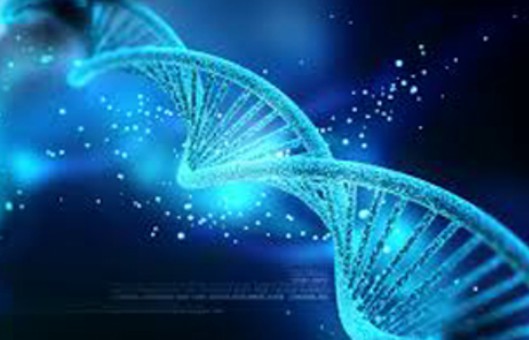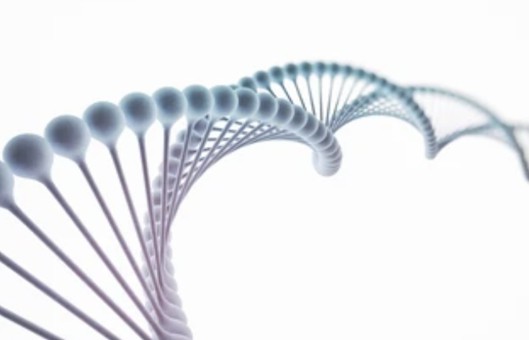Protocol for DNA Recombination and Transformation
GUIDELINE
The process of combining foreign DNA with carrier molecules is known as DNA recombination, resulting in the formation of recombinant or recombinant DNA. This is achieved through the use of DNA ligase in the presence of Mg2+ and ATP in the ligase buffer system. Sticky end ligation and end ligation are the two main methods of DNA recombination. To prevent self-ligation of the carrier, CIP treatment (bovine small intestine alkaline phosphatase) can be employed.
METHODS
- The following DNA solution was prepared in a microcentrifuge tube, 0.5 μL pMD18-T Simple Vector (50 ng/μL, 3 μL insert DNA (0.1-0.3 pmol), 5 μL Ligation Mix. The full amount is 10 μL.
- Reaction at 16°C for 30 min.
- LB agar plates containing X-gal and IPTG were prepared as described. Each plate was about 20 mL solid medium (adding 20 μL100 mg/mL Amp when melted), and 40 μL 20 mg/mL X-gal and 4 μl 200 mg/mL IPTG solution were added on the prefabricated LB agar plate, and evenly coated on the gel surface with the sterilized glass push rod.
- Experimental group: The 5 μL ligate was added to 200 μL DH5α receptive cells and placed in ice for 30 min; positive control group: 2 μL plasmid was added to 200 μL DH5α receptive cells and placed in ice for 30 min.
- After heating at 42°C for 45 s, it was placed in ice for 1 min.
- 800 μL LB liquid medium was added and oscillated at 37°C for 60 min.
- Centrifuge at 4000 r/min for 5 min. The 800 μL supernatant was removed, and the bacterial solution was mixed and coated on an LB agar plate containing X-gal, IPTG, and Amp with a sterilized glass push rod, and absorbed at 37°C for 30 min.
- Culture in inverted plates at 37°C overnight (12-16 h). The single colony was formed on an LB agar plate containing X-gal, IPTG, and Amp.
- Count white and blue colonies. When white colonies are selected, the length of the inserted fragment in the carrier can be confirmed by colony PCR.
Creative Bioarray Relevant Recommendations
- Creative Bioarray provides high-quality DNA samples from various tissue specimens which are suitable for genotyping, loss of heterozygosity, mutation analysis, and other applications.
- We provide a series of nucleic acid extraction kits for a variety of samples to help our customers accelerate their research. Beyond that, we also offer extraction services of nucleic acid from a wide range of starting materials.
- We also offer a diverse range of high-quality cDNA products tailored to meet the needs of researchers and biotech professionals.
| Cat. No. | Product Name |
| CSC-CD-AC | Skin Fibroblast cDNA (Astrocytoma) |
| CSC-CD-ALS01 | Bone Marrow Stromal Cell cDNA (ALS) |
| CSC-CD-ALS02 | Skin Fibroblast cDNA (ALS) |
| CSC-CD-ALS03 | Bone Marrow Stromal Cell cDNA (ALS) |
| CSC-CD-AVM | Skin Fibroblast cDNA (AVM) |
| CSC-CD-DMD01 | Bone Marrow Stromal Cell cDNA (DMD) |
| CSC-CD-DMD02 | Skin Fibroblast cDNA (DMD) |
| CSC-CD-DMD03 | Skeletal Muscle Progenitor Cell cDNA (DMD) |
| CSC-CD-DMD04 | Skeletal Muscle Cell cDNA (DMD) |
| CSC-CD-DT1 | Skin Fibroblast cDNA (Diabetes Type I) |
| CSC-CD-DT2 | Bone Marrow Stromal Cell cDNA (Diabetes Type II) |
View the details of our cDNA products and find what you need!
NOTES
- The optimal reaction temperature of DNA ligase is 37°C, but at this temperature, the hydrogen bond at the viscous end is very unstable, and the compromise is 12°C overnight.
- Since the DNA ends produced by endonuclease have flat ends and sticky ends, there are flat-end joins and sticky-end joins in the ligation reaction. The connection efficiency of the two is different. The viscous end has high efficiency, so there are differences in substrate concentration and enzyme concentration selection.
- To improve the linking efficiency, the concentration of DNA is generally increased and the proportion of recombinants is increased. Therefore, the plasmid vector is usually treated with alkaline phosphatase to remove the 5' terminal phosphate group to prevent cyclization, and the gap formed by the grafting reaction can be repaired after the transformation of the cell.
- Whether the connection reaction is successful or not, the final detection should be determined by the next experiment, the transformation of the host bacteria, and the screening of positive clones.

